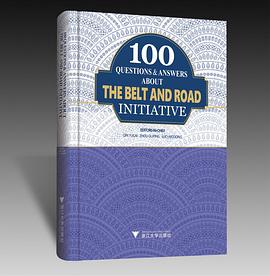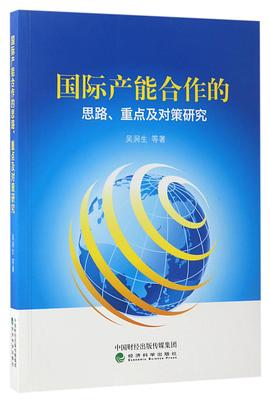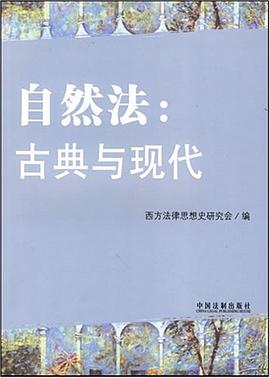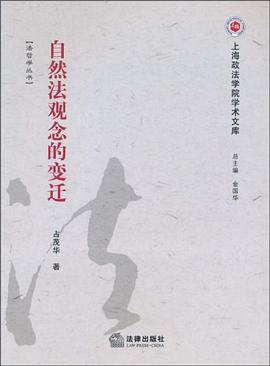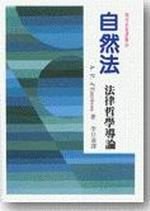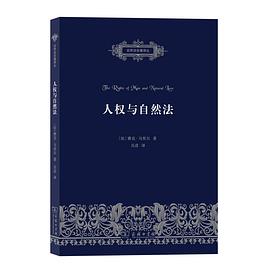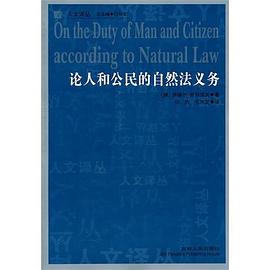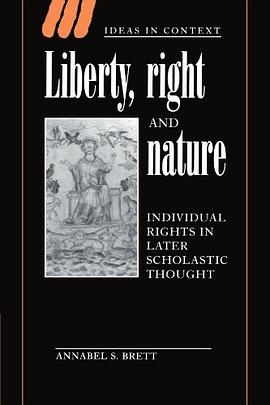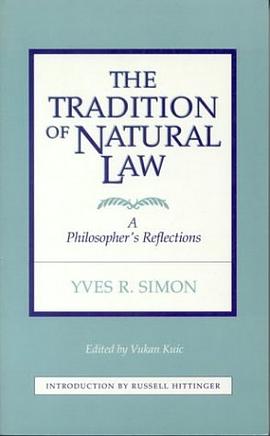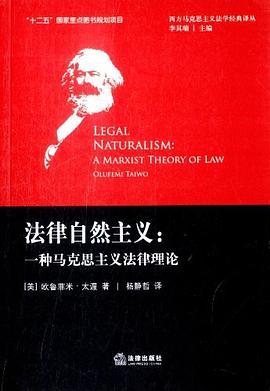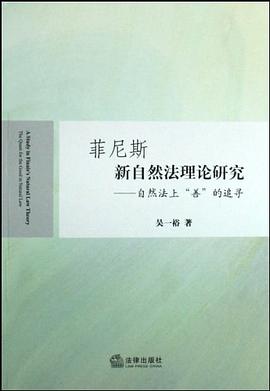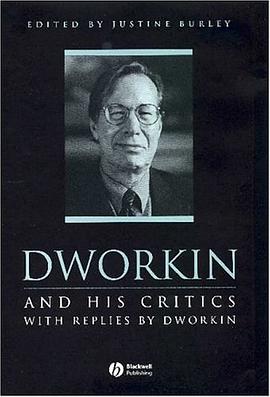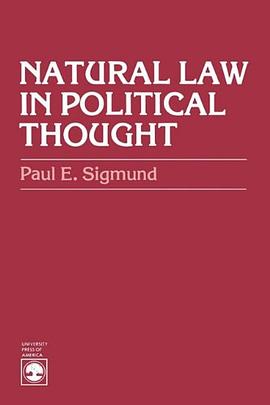Introduction
Q1 What is the concept of the Belt and Road?
Q2 When was the concept of the Silk Road first proposed, and by whom?
Q3 What is the spirit of the Silk Road?
Q4 What are the epochal meanings of the Silk Road Spirit?
Q5 How shall we understand the spirit of “peace and cooperation, openness and inclusiveness, mutual learning and mutual benefit”?
Q6 Why is it important to accelerate the Belt and Road’s development?
Q7 What principles should be followed in building the Belt and Road, since it is a systematic project?
1 Strategic Conception
Q8 When was the Silk Road Economic Belt proposed?
Q9 When was the 21st-Century Maritime Silk Road proposed?
Q10 When was the Belt and Road Initiative elevated to a major state strategy?
Q11 Against what background was the Belt and Road Initiative proposed?
Q12 When was the Vision and Actions on Jointly Building Silk Road Economic Belt and 21st-Century Maritime Silk Road published?
Q13 How many stages are there in formulating the Vision and Actions?
Q14 How many parts does the Vision and Actions cover?
2 Silk Road: A Brief History
Q15 What is the Silk Road?
Q16 When did China’s silk come into being?
Q17 When was China’s silk brought to the West?
Q18 Why did Zhang Qian go on diplomatic missions to the Western Regions?
Q19 What are the connotations and scope of the Western Regions?
Q20 What contributions did Pei Ju make to the Silk Road?
Q21 What contributions did Faxian, Xuanzang and Yijing, among other Buddhist pilgrims, make to the Silk Road?
Q22 What is the relationship between the Battle of Talas and the Silk Road?
Q23 How did the Three Foreign Religions spread to China?
Q24 What influence did the Mongolian western expeditions have on the Silk Road?
Q25 Against what background did Richthofen propose the idea of the “Silk Road”?
3 Competition Between Great Powers
Q26 What are the strategies or initiatives of other countries that are similar to the Belt and Road Initiative?
Q27 What is the New Silk Road Initiative?
Q28 What is the Eurasian Economic Union?
Q29 What is the European Union’s Partnership with Central Asia?
Q30 What is the motivation for Japan to launch the “Silk Road Diplomacy”?
Q31 What is the development progress of India’s “Look West”Strategy?
Q32 Why did Turkey change its strategy of “Departure from Asia for Europe” to “Departure from Europe for Asia”?
Q33 What are the differences and similarities between the UN’s Silk Road Initiative and the Belt and Road Initiative?
Q34 How does the Belt and Road Initiative differ from the existing cooperation mechanisms of the regions along the Belt and Road?
4 Background
Q35 What are the major challenges that China’s open economy faces in economic globalization?
Q36 What impact will the new trade protectionism cause to China’s export trade? How should China cope with it?
Q37 How can emerging economies strive for a stronger voice in formulating international rules?
Q38 How can China’s economy in the “new normal” add impetus to the recovery of the world economy?
Q39 What effects have TTIP and TPP caused to the global economy?
Q40 What impact and effects do TPP rules have on China?
Q41 What challenges does the change in global energy structure impose on China’s energy security?
5 Framework
Q42 What is the basic connotation of the Belt and Road Initiative?
Q43 What is the basic concept of the Belt and Road Initiative?
Q44 How shall we understand the Belt and Road Initiative’s three levels of community?
Q45 How are the “five goals” elaborated in the Vision and Actions?
Q46 What are the principles for jointly building the Belt and Road?
Q47 What is the overall layout of the Belt and Road Initiative?
Q48 What are the basic routes of the Silk Road Economic Belt?
Q49 What are the basic routes of the 21st-Century Maritime Silk Road?
Q50 How shall we understand the relationship between the Silk Road Economic Belt and international transport routes, core cities, and economic industrial parks?
Q51 What are the six economic corridors along the Belt and Road?
Q52 How shall we understand the special strategic position of the China-Pakistan and Bangladesh-China-India-Myanmar economic corridors?
Q53 How shall we understand the relationship between the 21st-Century Maritime Silk Road and the construction of key port cities?
6 Cooperation Areas
Q54 What are the connections between the “five goals” of cooperation areas?
Q55 What is the focus for carrying out policy coordination?
Q56 What are the priorities for “facilities connectivity”?
Q57 How shall we understand the connotation of “unimpeded trade”?
Q58 How shall we promote “unimpeded trade” through trade liberalization?
Q59 How shall we promote “unimpeded trade” through investment facilitation?
Q60 How shall we understand the connotation of “financial integration”?
Q61 How shall we establish a sound investment and financing system?
Q62 Why is it necessary to establish a currency stability system in Asia?
Q63 How can we let the countries along the Belt and Road have a deeper understanding of Chinese culture, and let the Chinese people have a deeper understanding of the cultures of the countries along the Belt and Road?
Q64 How can we realize cultural communication between Chinese people and the people from countries along the Belt and Road?
Q65 What can the government do to build people-to-people bonds?
7 Mechanisms and Platforms
Q66 Should we focus more on the role of major powers in the process of advancing the Belt and Road Initiative?
Q67 What influence and new thinking does the Belt and Road Initiative bring to the international order?
Q68 How should China deal with the relations with the United States and Russia in promoting the Belt and Road Initiative?
Q69 In the process of advancing the Belt and Road Initiative, what can the media of the countries along the Belt and Road do? What can nongovernmental organizations do? And how?
Q70 In the process of advancing the Belt and Road Initiative, what can universities and think tanks do? And how?
Q71 The Belt and Road Initiative was proposed on the basis of historical memories of the ancient Silk Road. What can the cultural heritage circle and the tourist circle do in building the Belt and Road? And how?
Q72 The Belt and Road covers many countries in Asia, Europe and Africa. How can those countries form cooperation?
Q73 What are the existing multilateral cooperation mechanisms? What are their functions?
Q74 In the process of developing the Belt and Road, what principles and concepts should the mechanisms for cooperation between China and neighboring countries and regions be based on? What are the sensitive core issues? How can we bring about innovation in them?
Q75 Why should we build platforms for advancing the Belt and Road Initiative? What are the platforms at present?
8 Advantages of Various Regions in China
Q76 How should the central and northwestern regions position themselves in the Belt and Road Initiative?
Q77 How will inland regions participate in the development of the Belt and Road?
Q78 How will the northeastern region participate in the development of the Belt and Road?
Q79 How will the southwestern region participate in the development of the Belt and Road?
Q80 How will the coastal regions participate in the development of the Belt and Road?
Q81 What opportunities will Hong Kong, Macao and Taiwan have in the development of the Belt and Road?
Q82 How can we leverage the unique functions of overseas Chinese in the development of the Belt and Road?
9 Cooperation Results
Q83 It is mentioned in the Vision and Actions that President Xi Jinping, Premier Li Keqiang and other state leaders have visited over 20 countries. Which countries did they visit?
Q84 What is the profound significance of President Xi Jinping’s speech delivered at the Dialogue on Strengthening Connectivity Partnership to jointly building the Belt and Road Initiative?
Q85 What consensus was reached at the sixth ministerial conference of the China-Arab States Cooperation Forum in regard to jointly building the Belt and Road?
Q86 It is mentioned in the Vision and Actions that China has signed MOUs of cooperation on the joint development of the Belt and Road with some countries, and on regional cooperation and border cooperation with some neighboring countries. What is the nature of these MOUs?
Q87 It is mentioned in the Vision and Actions that we should strengthen communication and consultation with the countries along the Belt and Road in eight key fields. What are these eight key fields?
Q88 What are the concerns for China in proposing the establishment of the Asian Infrastructure Investment Bank?
Q89 What challenges is the Asian Infrastructure Investment Bank faced with?
Q90 What is the relationship between the Asian Infrastructure Investment Bank and other international economic organizations?
Q91 Why was the first project supported by the Silk Road Fund initiated in Pakistan?
Q92 How can we make good use of the 40-billion-US-dollar Silk Road Fund?
Q93 What effect does Renminbi internationalization bring to the implementation of the Belt and Road Initiative?
10 Vision and Outlook
Q94 Why is the Belt and Road Initiative a common wish of China and the countries along the Belt and Road?
Q95 Can other countries and international organizations participate in the Belt and Road Initiative?
Q96 Why is the Belt and Road Initiative a pluralistic and open process of cooperation?
Q97 How will China coordinate with the countries along the Belt and Road in planning development and regional cooperation?
Q98 How can the Initiative gain more recognition from the countries along the Belt and Road?
Q99 How can we obtain substantive results out of the Belt and Road Initiative?
Q100 Why does the Belt and Road Initiative promote mutual respect and trust, win-win cooperation and mutual learning between different civilizations?
References
Appendix: Vision and Actions on Jointly Building Silk Road Economic Belt and 21st-Century Maritime Silk Road
Postscript
· · · · · · (
收起)
